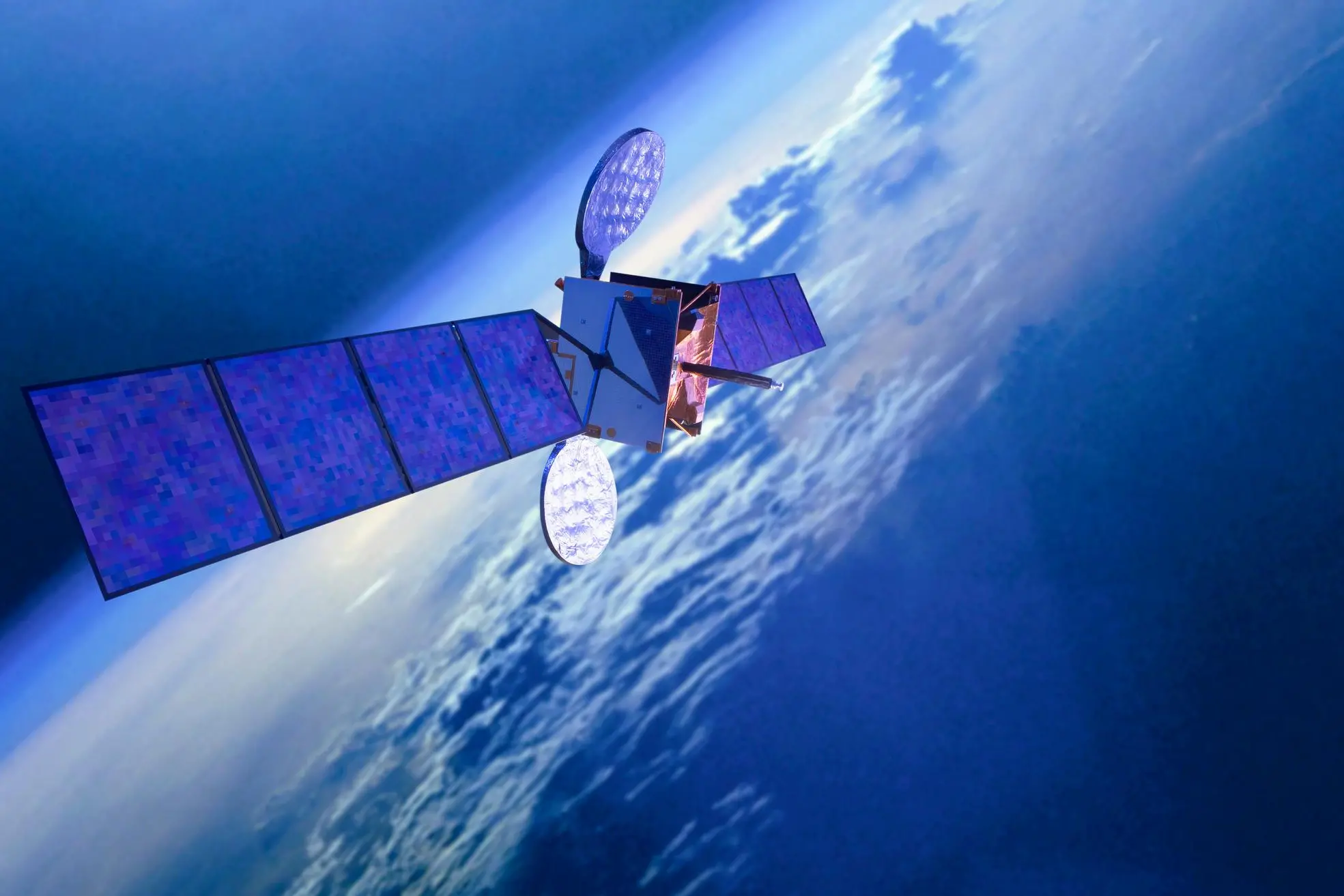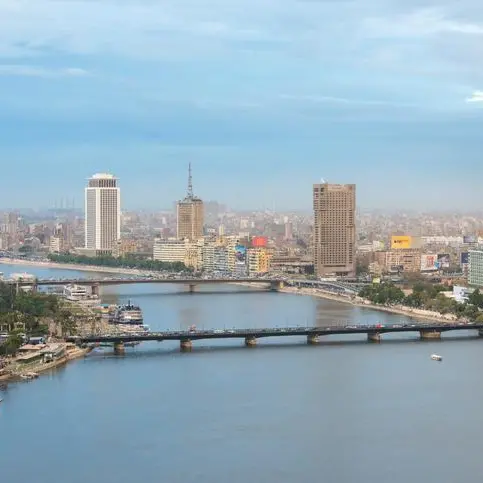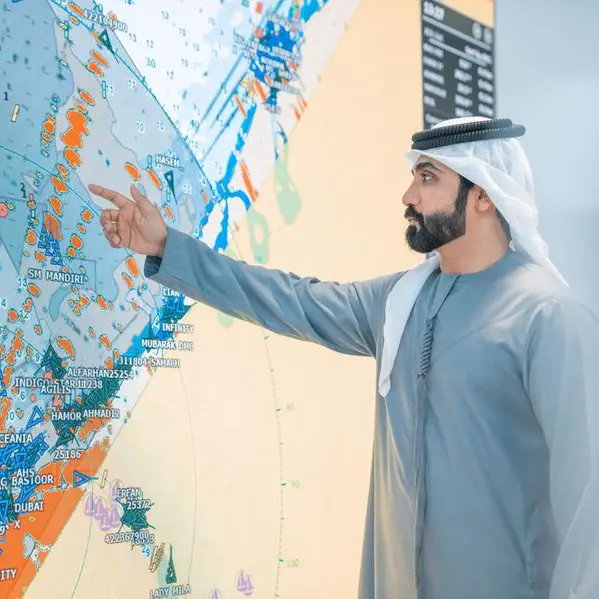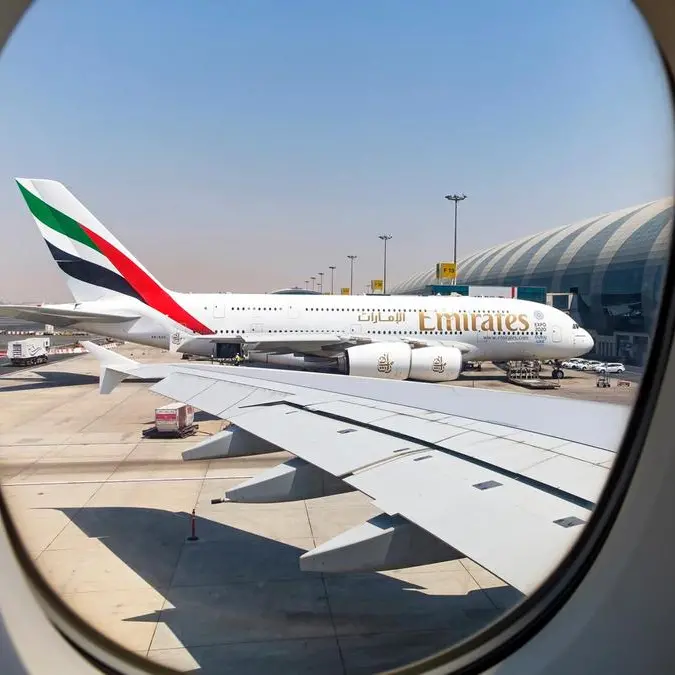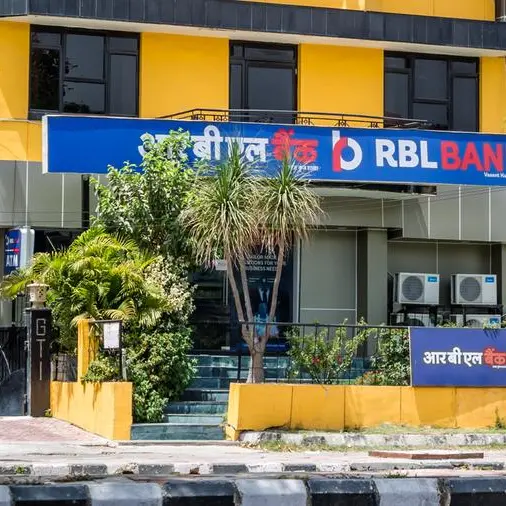PHOTO
Bahrain's first-ever satellite will be launched into orbit from the International Space Station today, after having arrived at the International Space Station (ISS) at the end of last year.
Light-1 will be launched from the Japanese section of the ISS alongside another satellite designed to detect terrestrial gamma rays. The Light-1 satellite – a joint project between Bahrain’s National Space Science Agency (NSSA), UAE Space Agency, Khalifa University and New York University Abu Dhabi – will be used to conduct research during lightning storms, that will help civil aviation safety experts in future.
The launch will be broadcast live on Bahrain TV, and Bahrain’s NSSA engineering specialist Aysha Alharam will give the launch signal. The satellite will start operating about five hours after its launch and after receiving a signal from the ground station. It will then be in orbit for approximately 30 days to collect data.
The nanosatellite Light-1 was launched aboard the SpaceX Falcon-9 CRS-24 on December 21, 2021, from the Nasa Kennedy Space Centre in Cape Canaveral, Florida, US and docked at the ISS the next day. It was named after His Majesty King Hamad’s book First Light.The nanosatellite – approximately 10cm x 10cm x 34.5cm in size – will be in orbit at an altitude of 400km, at an orbital incline of 51.6 degrees. It will complete an orbit approximately every 90 minutes.
Its transceiver uses an ultra-high frequency (UHF) band, with a secondary S-Band for downloading large amounts of data transmitted to three ground stations in Abu Dhabi, Denmark and Lithuania. “We will be receiving data twice a day from the satellite,” NSSA engineer Ahmed Bushlaibi explained during a previous interview. “Our research from the data collected will focus on Terrestrial Gamma Ray Flashes (TGFs) – a topic about which there is very little research and academic output. “So Light-1 will add to the global research about the intensity of TGFs by measuring when and where these flashes will occur. Once we have this data, we can conduct our analysis to identify the impact of TGFs on aeroplane markets, the people on board the aircrafts and the atmosphere.”
TGFs were discovered in 1994 by the Burst and Transient Source Experiment, on the Compton Gamma-Ray Observatory, an American National Aeronautics and Space Administration spacecraft. The role of TGFs and their relationship to lightning remains a subject of ongoing scientific study, to which Bahrain’s space engineers and scientists are hoping to be significant contributors.
© Copyright 2020 www.gdnonline.com
Copyright 2022 Al Hilal Publishing and Marketing Group Provided by SyndiGate Media Inc. (Syndigate.info).
